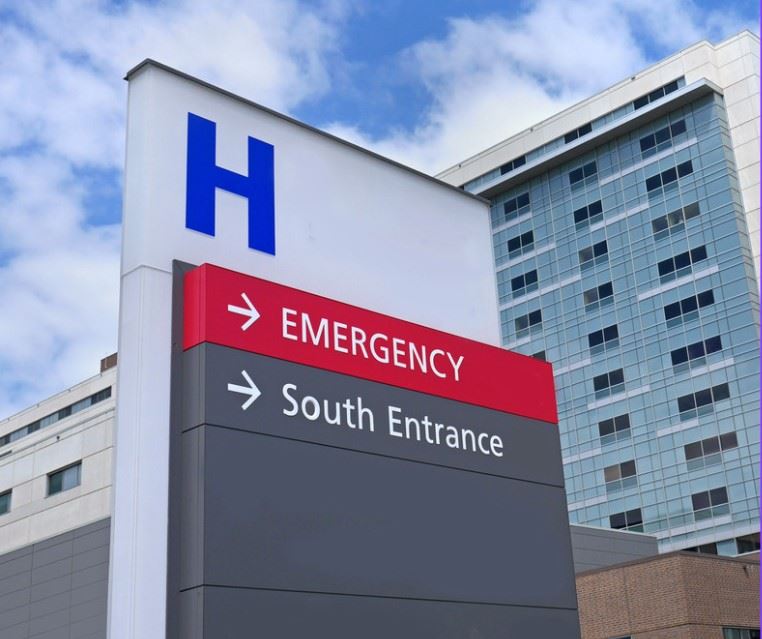 Even by rural hospital standards, Keokuk County Hospital and Clinics in southeastern Iowa is small. [ MedPage Today]
Even by rural hospital standards, Keokuk County Hospital and Clinics in southeastern Iowa is small. [ MedPage Today]
The 14-bed hospital, in Sigourney, doesn't do surgeries or deliver babies. The small 24-hour emergency room is overseen by two full-time doctors.
CEO Matt Ives wants to hire a third doctor, but he said finding physicians for a rural area has been challenging since the COVID-19 pandemic. He said several physicians at his hospital have retired since the start of the pandemic, and others have decided to stop practicing certain types of care, particularly emergency care.
Another rural hospital is down the road, about a 40-minute drive east. Washington County Hospital and Clinics has 22 beds and is experiencing similar staffing struggles. "Over the course of the last few years, we've had not only the pandemic, but we've had kind of an aging physician workforce that has been retiring," said Todd Patterson, CEO.
The pandemic was difficult for health workers. Many endured long hours, and the stresses on the nation's healthcare system prompted more workers than usual to quit or retire.
"There's a chunk of workers that were lost and won't come back," said Joanne Spetz, PhD, who directs the Institute for Health Policy Studies at the University of California San Francisco. "For a lot of the clinicians that decided and were able to stick it out and work through the pandemic, they have burned out," Spetz said.
Five years after the World Health Organization declared COVID a global pandemic and the first Trump administration announced a national emergency, the United States faces a crucial shortage of medical providers, below the projected need for an aging population
More>
###
